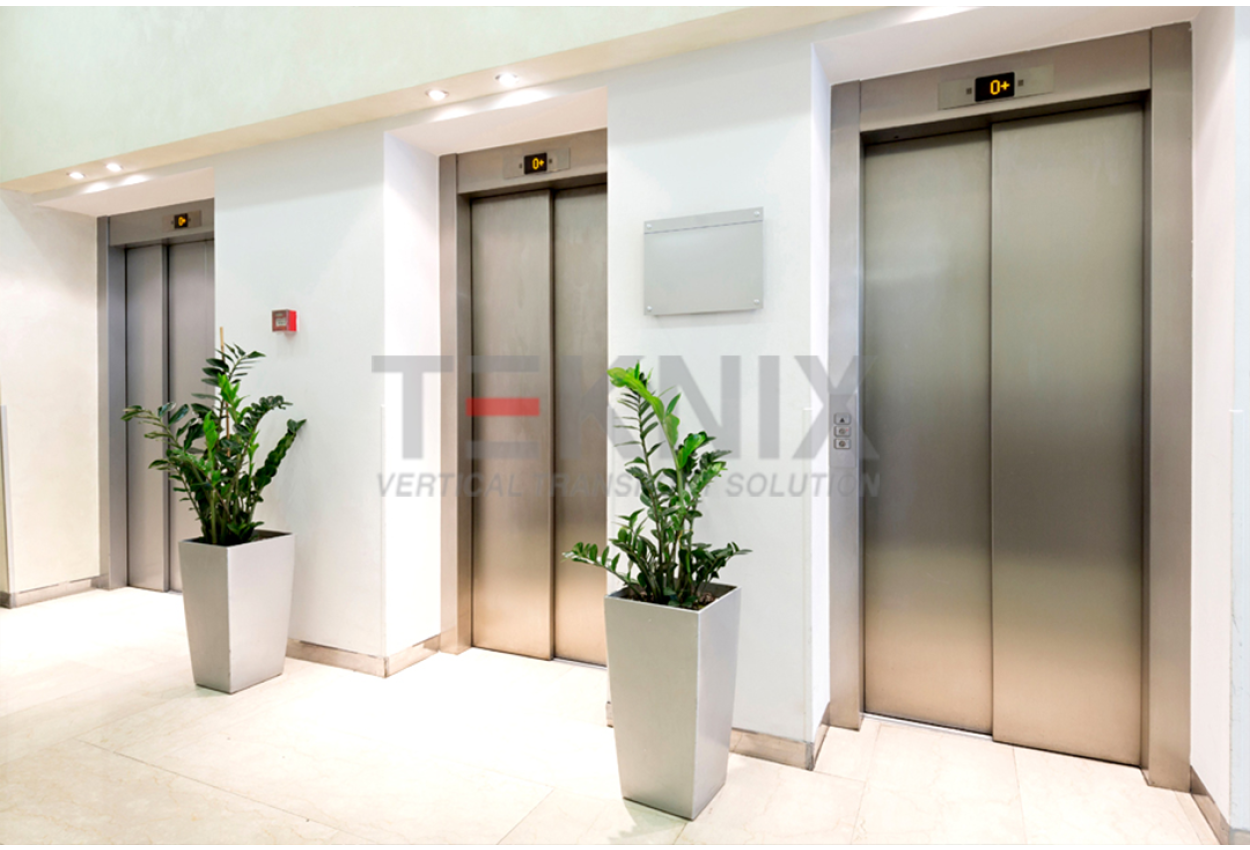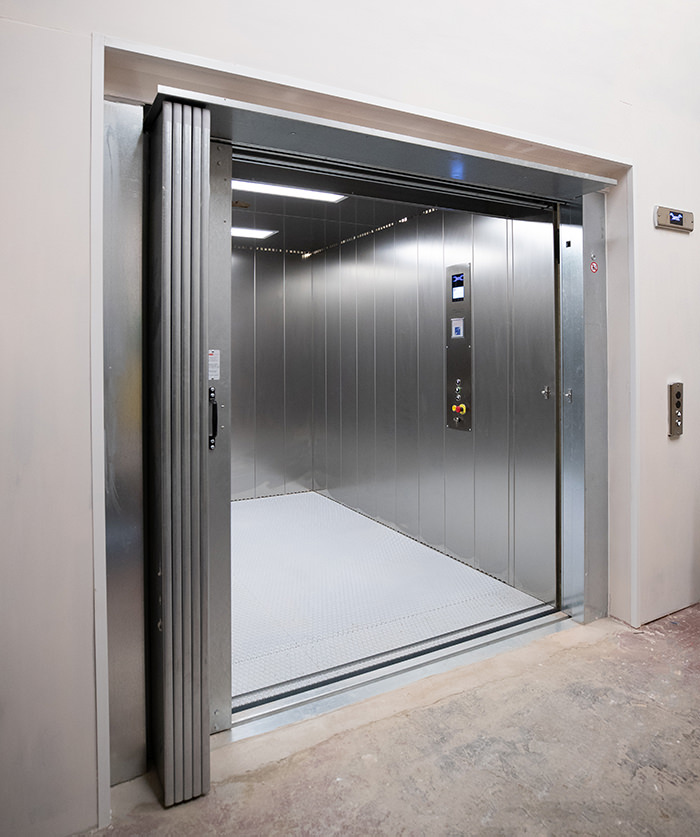London Lift Company: Trusted Specialists for All Your Upright Transportation Needs
London Lift Company: Trusted Specialists for All Your Upright Transportation Needs
Blog Article
Looking Into the World of Lifts: Usual Problems Faced by Numerous Lift Systems
As we browse via the upright transport systems of contemporary buildings, elevators attract attention as an important component of our day-to-days live. However, behind their smooth operation exists a world of complex devices that can occasionally experience difficulties. From hydraulic lifts to grip systems and machine-room-less styles, each lift kind includes its set of common problems. Recognizing these obstacles is essential for ensuring the smooth performance of these vital systems. Allow's explore the intricacies that underlie the operation of lifts and the prospective issues that can occur, clarifying the complex web of lift mechanisms.
Hydraulic Elevators
Hydraulic elevators, frequently favored for low-rise structures, utilize fluid pressure to control the activity of the lift automobile (lift repair companies). This mechanism involves a hydraulic pump pressing oil right into a cyndrical tube, causing the elevator to relocate the preferred direction. While hydraulic elevators are recognized for their peaceful and smooth operation, they do come with their very own collection of usual problems
One widespread problem with hydraulic lifts is oil leak. The seals in the hydraulic system can use out gradually, leading to oil seepage. If left unaddressed, this not just develops a mess yet can also impact the lift's performance. Additionally, problems with the control system, such as damaged valves or a malfunctioning pump, can create disturbances in the elevator's activity.
Regular maintenance and punctual repair work are important to guarantee the smooth performance of hydraulic lifts. By addressing these usual issues proactively, structure owners can decrease downtime and ensure the security and effectiveness of their vertical transport system.
Traction Lifts
When considering upright transport systems in buildings, one more common kind besides hydraulic lifts is the traction elevator. Grip elevators run making use of a system of ropes and weights that relocate the lift auto by clutching onto the hoist ropes. This device permits smoother and faster vertical transportation contrasted to hydraulic systems.
Among the usual problems encountered by grip elevators is rope wear. The continuous activity of the ropes within the traction system can lead to damage in time, potentially triggering the elevator to breakdown or end up being dangerous for use. Normal assessments and maintenance of the ropes are important to ensure the lift's proper functioning and safety.
An additional problem that traction lifts might run into is associated with the control system. Problems with the control system can bring about concerns such as erratic activity, delays in feedback times, and even full shutdowns. Normal testing and upkeep of the control system are vital to avoid such concerns and guarantee the lift's reliability.
Machine-Room-Less (MRL) Lifts

Among the vital components of MRL lifts is the portable gearless we maintain lifts grip maker that is mounted within the hoistway. This maker efficiently drives the lift car without the requirement for bulky tools located in typical traction elevators. In addition, MRL lifts typically use a weight system to stabilize the cars and truck, additional enhancing their energy efficiency.
Despite their benefits, MRL elevators might encounter obstacles connected to maintenance and repair service because of the confined area for tools setup. Access for servicing parts within the shaft can be limited, requiring specialized training for professionals. Correct maintenance schedules and normal inspections are critical to ensure the continued smooth operation of MRL elevators.
Overloading and Weight Restriction Issues
Overloading and weight limitation issues are important worries in elevator operations. Lift manufacturers style lifts with specific weight abilities to guarantee guest safety and tools longevity.
When elevators are overloaded, it places excessive strain on the electric motor, cable televisions, and other parts, potentially triggering malfunctions or breakdowns. If they spot excess weight, security systems such as sensors and overload sensing units are in area to prevent elevators from relocating. In addition, exceeding weight limits can result in enhanced power intake and deterioration on the elevator system.
To minimize overwhelming problems, constructing managers must prominently present weight limitations in lifts and educate passengers on the value of adhering to these constraints - lift repair companies. Routine maintenance checks by qualified technicians can also aid guarantee that elevators are operating within safe weight criteria. By attending to overloading and weight restriction issues proactively, building proprietors can enhance lift safety and security and performance
Electrical System Failures
Going beyond weight limits in lifts can not just bring about mechanical issues but additionally possibly add to electric system failures within the lift infrastructure. Electrical system failures are an important problem in lift operation, as they can trigger unanticipated shutdowns, breakdowns, or perhaps safety threats. One common electric problem is the getting too lift companies in London hot of components due to too much existing flow triggered by straining the lift past its capacity. This can bring about harm to the electric motor, electrical wiring, or control systems, resulting in expensive repair work and downtime.
Regular maintenance and evaluations are crucial to identify and attend to potential electrical issues quickly, ensuring the secure and effective procedure of lift systems. By sticking to weight limits and performing routine electric system checks, building owners can mitigate the danger of electric failures in lifts.
Verdict

Hydraulic lifts, commonly chosen for low-rise structures, make use of fluid pressure to control the movement of the elevator cars and truck.When thinking about vertical transport systems in structures, one more typical type apart from hydraulic elevators is the grip elevator. Traction elevators operate using a system of ropes and weights that move the lift automobile by gripping onto the hoist ropes. Unlike traditional lifts that require a separate device room to house the tools, MRL elevators incorporate most of the parts within the shaft, eliminating the requirement for a devoted device area.In final thought, lifts encounter usual issues such as hydraulic malfunctions, traction system failures, and electric system issues.
Report this page